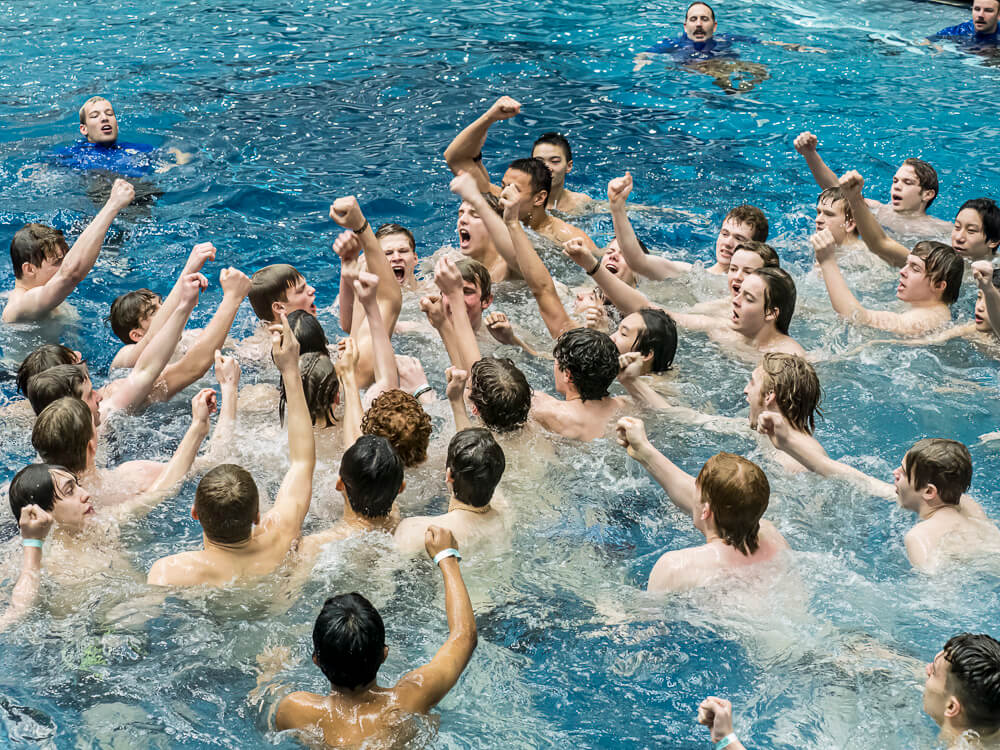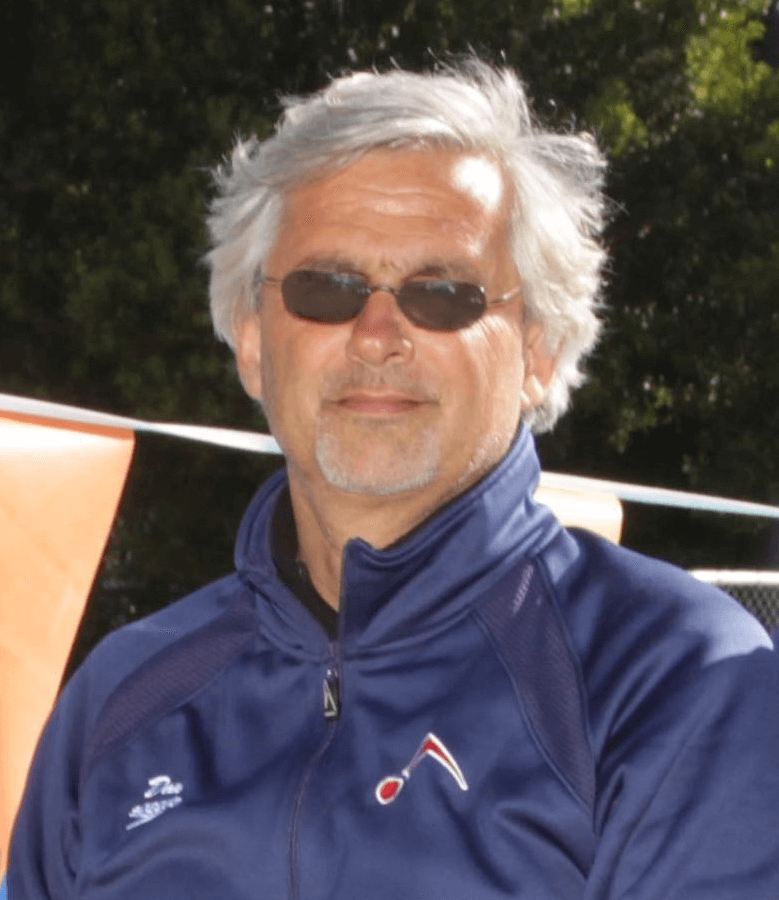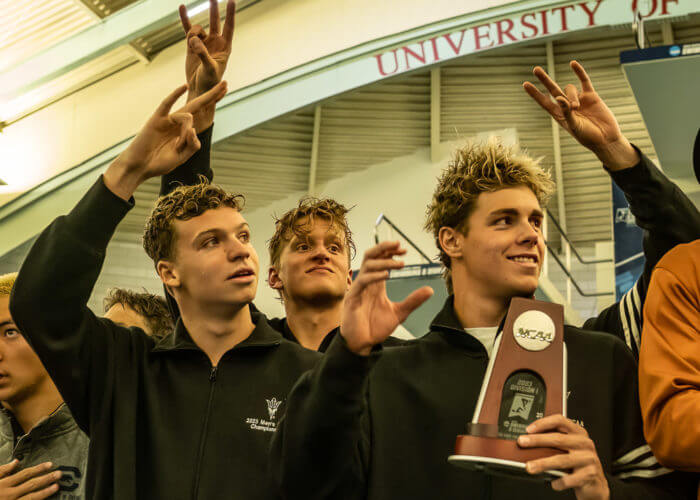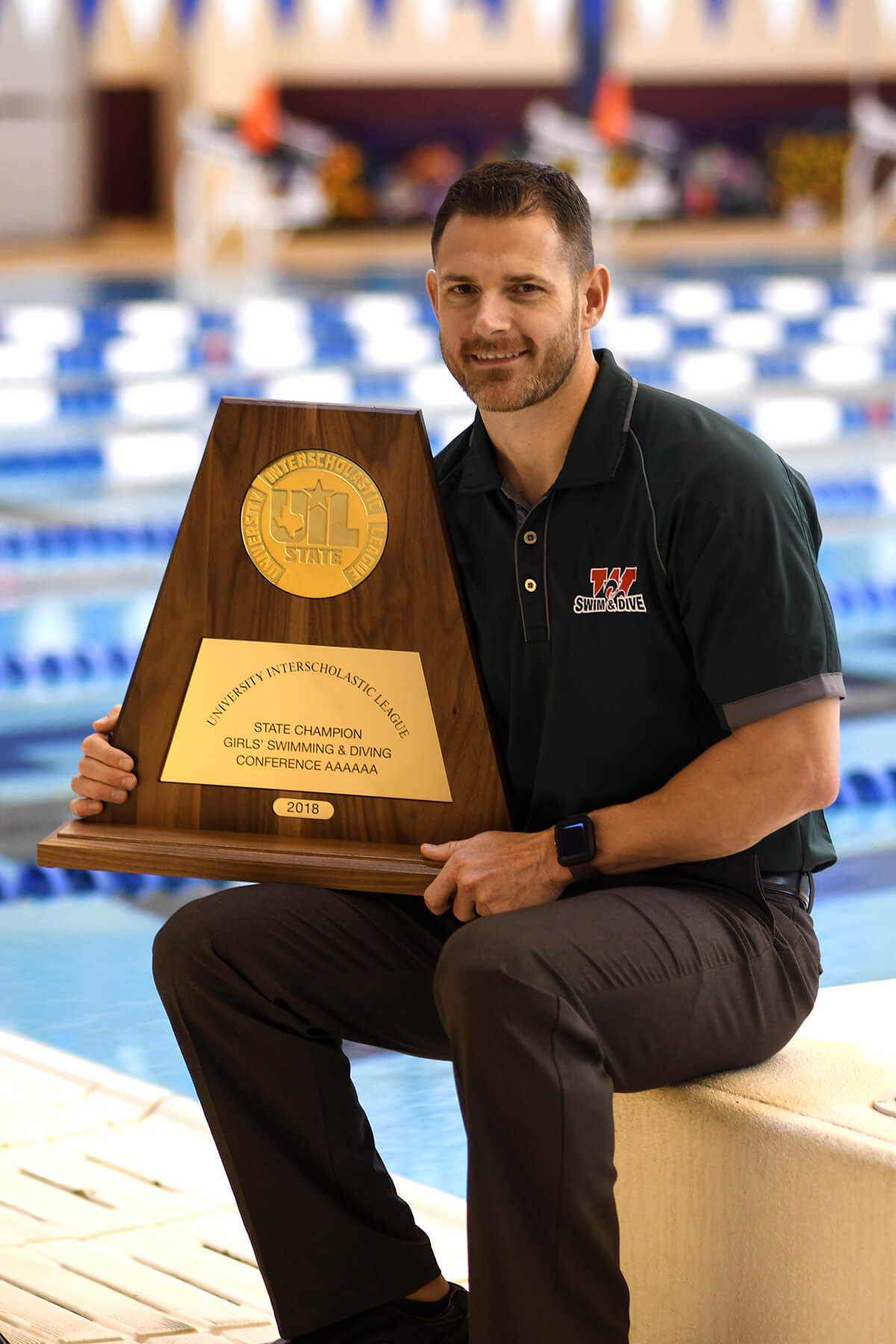How to Build a Winning Team Culture: Coaches From Around the Country Discuss Key Factors

How to Build a Winning Team Culture: Coaches From Around the Country Discuss Key Factors
Coaches around the country weigh in on the many factors that can help their swim teams build a winning culture.
Prior to becoming head coach at the University of Florida (2010 women’s NCAA champion), 2012 U.S. Olympic coach Gregg Troy established a dynasty at the Bolles School (1977-97). In his 20 years at Jacksonville, he won 15 boys’ and 11 girls’ Florida high school state championships as well as five girls’ Swimming World national prep titles—a winning tradition that continues today.
“To inspire swimmers and test limits successfully, you have to create a group culture looking for certain goals,” says Troy. “Those goals might differ from individual to individual, but the culture has to be goal-and-performance-oriented. If it is, then each individual can figure out their niche.”
By 2010, Bolles coach Sergio Lopez had a squad that starred Ryan Murphy, Joseph Schooling and Santo Conderelli. All future Olympians, the three helped break national high school marks in the 200-400 free and 200 yard medley relays.
As Murphy told Swimming World in 2013, “That talent level is hard to find on the college level, and we were lucky to have it in high school. It was cool because everyone had different strengths and weaknesses and completely different personalities. The way that all meshed was really cool”—and it was an extension of the school’s winning culture that includes 63 Olympic swimmers!
ESSENTIAL INGREDIENTS

Don Heidary
Don Heidary, current board member of the World Swimming Coaches Association, is a high school coach of 35 years, co-founder of Orinda Aquatics and an internationally recognized expert on team culture. Character pursuit is a foundational Orinda mission, and Heidary is adamant that good culture begins with good character. He avows the five key elements required for a winning culture are integrity, leadership, mentorship, support and service—traits that will have life-long benefits.
For a winning culture to work, it must be sold daily, says Heidary. “That means setting a vision, defining it, selling it to the team/leaders/parents/board of directors, reaching out to problematic kids and introducing it to younger swimmers. Culture must be the anchor in the organization,” he asserts.
That starts with coach expectations.

Photo Courtesy: Peter H. Bick
Prior to his present success at Arizona State, Bob Bowman was head man at North Baltimore Aquatic Club. There his big thing was discipline in the pursuit of excellence: “That meant having a structure, a clearly defined way of going about our business and clear communication with parents and swimmers regarding goals and expectations. When everyone is on the same page, it is fun, and you get great energy and buy-in,” says Bowman.
GREAT EXPECTATIONS
“We are very clear and aggressive about expectations,” says Heidary. That extends to outward and visible signs such as attire.
Bill Rose, when at Mission Viejo, was a stickler about the Nadadores “showing their colors” on and off deck. At ASCA World Clinics, when gathered for post-session wrap-up meetings, the MVN coaching staff was an imposing presence, sporting the team’s blue and gold.
“Team attire is and should be a statement of pride,” says Heidary. “We believe there is a correlation between one’s commitment to wear team attire and one’s general feeling about the team. Our swimmers do not compete in a meet or travel with the team if they are not in team attire. It is not about the clothes or the rule, it is about the statement they are making with their appearance,” he says.
Jim Koehr has coached Seton School in Manassas, Va. to 10 VISAA Division II championships. He has founded his team’s success on the catholic principles of gratitude, excellence, meekness and sacrifice—ideals that are central to every team activity.
He echoes Heidary’s sentiments: “I am an absolute hammer about uniforms on deck and caps in the water. At a meet, you are in your uniform T-shirt—or hoodie—and your uniform shorts. If you are in the water, you are wearing your Seton swim cap. Imagine what it looks like to flood the pool with 113 Seton swim caps all moving together,” he says.
Koehr, a business entrepreneur by trade, has worked hard over the last two decades to make the swim and dive team the most popular sport in the school. He has marshaled tremendous parental support to help him in this mission.
“Some generous parents ensure that every kid on the team gets a Speedo swim bag with their name embroidered on it. Envision 113 swim bags piled around lockers in the school. It really makes an impression. We also have a fairly elaborate custom apparel shop on our website, and sell jackets and 1/4 zips that kids can wear with their school uniforms. It’s fun to see even the beginning swimmers proudly wear their Seton Swim and Dive gear in the hallways,” he says.
“O SAY CAN YOU SEE”
One Middle Atlantic high school coach hands out lyrics to “The Star-Spangled Banner” at his team’s goal-setting meeting—this, in preparation for singing it at every home meet. One evening, the team was in full voice when the natatorium sound system failed and inspired spectators to finish the anthem with them.
For Koehr, “the national anthem is a huge opportunity for kids to feel like they are part of something bigger—not just Seton Swimming, but the USA. Our swimmers form two perfect lines, with everyone at military attention, facing the flag, with their hands over their hearts. The national anthem is a great opportunity to teach gratitude, one of our core values.
“As it plays, our athletes have only have two options: Pray for their country or sing along. This is so ingrained into our culture, we practice lining up and singing at our time-trial meet. I am proud to say that I’m starting to see other teams that come to our meets emulate us,” says Koehr.
WHO’S THE LEADER OF THE CLUB?
“Team captains affect team culture and performance like few other dynamics,” says Koehr. “In addition to training and coach and culture continuity, another driving force is perpetual senior swimmer leadership,” says Heidary. “Tradition doesn’t graduate, so seniors work very hard in all program aspects and set the tone and expectations, which motivates younger swimmers.”
Mike Foley, the winningest high school swimming coach in Massachusetts history, agrees: “The roles seniors play is huge—i.e., carrying on tradition from one season to the next, picking up young teammates and making sure they ‘trust the process’ from start to finish,” says the Wayland High School coach.
“Sometimes it even involves the leader getting on teammates when they aren’t working hard enough or cutting corners. When athletes get praise and/or an extra push from their peers, it can carry more weight than just the coach saying things. Our leaders are expected to be the bridge between the coaches and the athletes,” he says.

Jeremy Wade
Leaders are also people who are trusted and put team first. “My view of a leader is a servant—and to be a good leader, you must be a good servant,” says Jeremy Wade, whose Woodlands girls are two-time reigning UIL 6A Texas state champions (his boys were second in 2023).
Woodlands leaders work hand-in-hand with coaches, taking charge leading team stretches and cheers, supervising area and bus clean-up, ensuring team members have rides home, coordinating team fun events, designing team T-shirts and so on. “I expect our leaders to be lions in our hunt for team success,” he says.
Integral to Woodlands cultural buy-in is an early season team-building/meet-and-greet day.
“I view this day as one of the most important events of the season,” says Wade. “It is the first time a.m. and p.m. kids come together and start getting to know each other.
“I have a slideshow that goes over our team philosophy, expectations, etc. It’s loaded with inspirational videos that change from year to year. It really sets the tone for the entire season.
“After the hour-long presentation, the athletes set goals. The girls and then the boys present their goals. After that, we go outside and do a fun team activity/game and learn the team cheers.”
Another element central to Woodlands’ success is communication with:
- Athletes concerning the purpose of each set/practice and different training phases;
- Parents regarding all team events and answering all questions promptly;
- All club coaches about training, upcoming meets, etc.
Few coaches communicate with their athletes as thoroughly as Koehr. Two primary vehicles are his website and his blog. During the season after weekend meets, he spends five-to-seven hours crafting a 5,000-plus word recollection and recognition report that is a compilation of accomplishments in which virtually every athlete is mentioned.
The blog, www.setonswimming.org, is the team’s key information tool in which Seton’s GEMS (gratitude, excellence, meekness, sacrifice) philosophy is front and center.
For starters, the site has more than just team information, records, meet announcements and 22 years of meet results. It also contains 22 years of blogs, 18 banquet talks, a detailed accounting of the final season (that mentions every team member), all swimmer personal records, live streams, videos of Seton all-time greatest swims (lots!) and more than 100 photo albums. Last year, the site got 74,000 page views.
At Wayland, where the team is a perennial top performer in NISCA’s National Dual Meet Power Point Rankings, Foley also puts a premium on recognition. “We keep a huge yearbook in which we showcase numerous program stats. The information includes most points scored at championship meets, mythical all-time best lineups, family relay records, all alumni who have swum in college—almost anything you can think of,” he says.
“We also challenge our athletes a lot and get on them when we see more in them than they have shown. At least once a week, we read off time drops from dual meets for everyone—whether they dropped 12 seconds in the 500 or 1-hundredth in the 100 fly. Every little bit counts. We celebrate equally the swimmer who went from 1:20 to 1:15 in the 100 free or someone making their first post-season cut. The athletes feed off one another’s accomplishments,” says Foley.
AUXILIARY STAFF
Appreciated, but often under-recognized, are staff members who provide invaluable on-deck and in-water services to the head coach. Foley, who has been on the job for 25 years, maintains he is blessed by having a “great staff that has been around for a long time”—i.e., a first assistant and psychologist (22 years), dive coach (13), a volunteer coach “brilliant at math and splits” (nine) and part-time coaches he labels “exceptional stroke technicians and meet strategists.” He says, “My father, who was a legendary coach, always told me, ‘If you want to be great, surround yourself with great people.’ I am very fortunate in that regard.”
So is Koehr, who, through his sweat equity and financial contributions, has invested considerably in the Seton program. By his passion, he has attracted an army of parents, a diverse auxiliary staff and 16 assistant coaches. Two coaches, with no ties to Seton, include five-time Ohio high school champion and University of Florida swimmer Ross Palazzo and George Mason diver Ashley Keapproth.
Under Keapproth, Seton started a diving program that now includes a dryland diving facility with diving board, pads, two trampolines with a spotting rig, a tumble track, exercise mats and two video systems with large mounted TVs on 20-second delays for diver review.
Like college programs at Michigan, Cal, Texas and others, the teams at Orinda, Wayland and Seton benefit from lasting alumni support. Heidary, Foley and Koehr have received extensive correspondence and support from former swimmers who share college sets, reappear for alumni meets or check in just to say hello. These bonds with former athletes run exceedingly deep and are meaningful beyond words to their former coaches.
“We coaches can be the ones who redefine youth culture,” reminds Heidary. “It begins with sports and ends with life.”
Michael J. Stott is an ASCA Level 5 coach, golf and swimming writer. His critically acclaimed coming-of-age golf novel, “Too Much Loft,” is in its third printing, and is available from store.Bookbaby.com, Amazon, B&N and book distributors worldwide.



